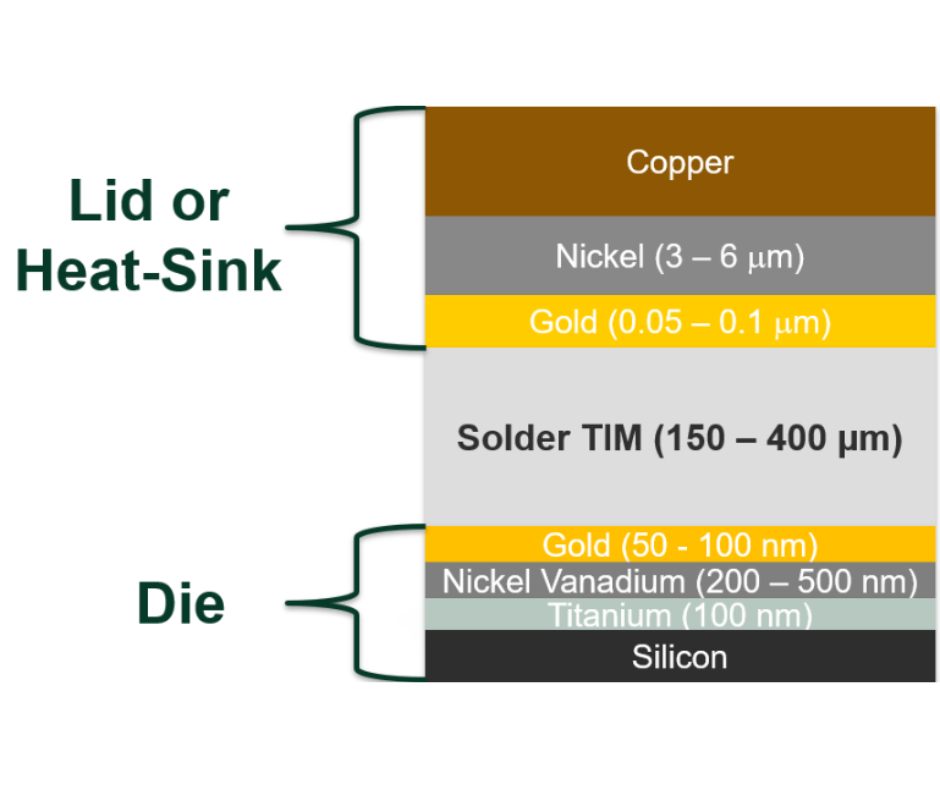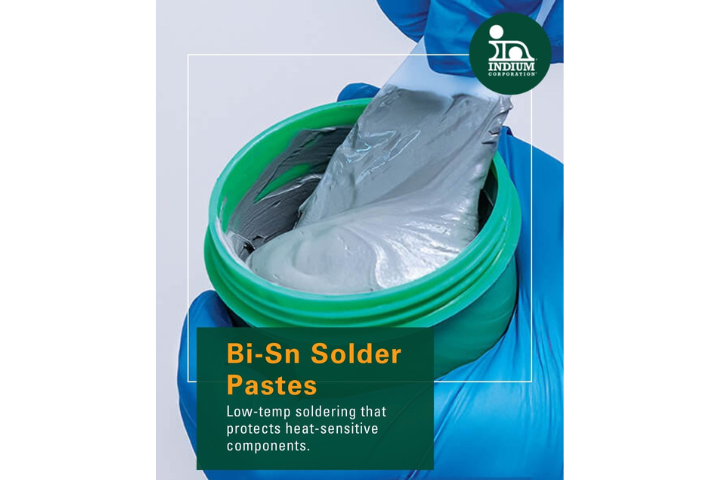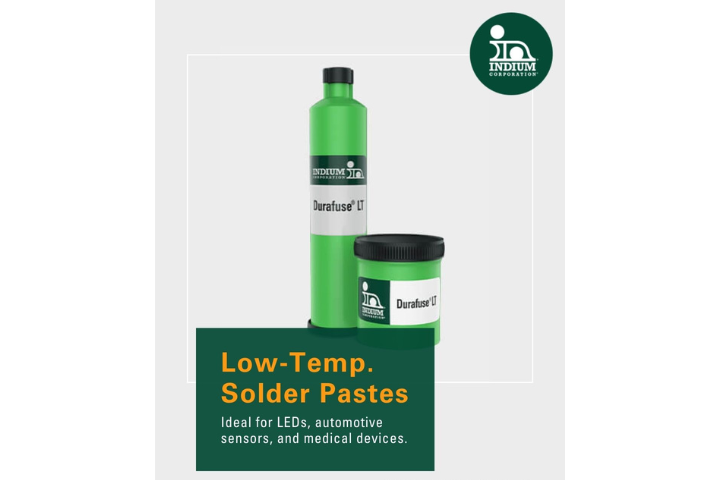…and we're back with more nitrogen and inert soldering myths.
Part I of this post can be found here.
Myth 6: "I turned on the nitrogen flow, so my oven is now inerted"
Fact: It takes time to purge an oven down (and yes, I have an equation to determine this). The final equilibrium oxygen level, as we have seen in the previous discussion, will be somewhere between that found in the incoming nitrogen gas and the 209,000ppm oxygen level found in air.
Myth 7: "If I increase the nitrogen flow rate, I'll get a lower oxygen level"
Fact: Yes you will, to a certain point. But every reflow oven has an oxygen level below which you will not be able to go, due to turbulent mixing (see Myth 3 in the previous post) and you will never be able to reach the same oxygen level as that seen in the incoming gas, as by definition, it is impossible to hermetically seal an in-line reflow oven.
Myth 8: "I have 26 identical reflow ovens using nitrogen gas, with the same inlet pressure, and I know the ppm oxygen level in one of the ovens, so the ppm will be the same in the others."
Fact: I had a customer make this same claim to me, then tell me that he had soldering defects on some ovens and not on others. Why? Because when we went in and actually measured the oxygen level, it was different in each one – and not a small difference either. I measured from 80ppm oxygen up to 1% (10,000ppm) simply because the oven curtains were trimmed to different lengths. A power semiconductor customer was carrying out reflow with forming gas and his process started having huge voids over time. Why? He was not doing sufficient preventative maintenance, and flux residues were choking or diverting the gas flow, allowing oxygen to contaminate the process. He cleaned the oven out, and the problem disappeared.
Myth 9: "I measured the oxygen level in my ovens once, so now I know exactly what it is."
Fact: Reflow equipment "air tightness" changes over time. Amongst the factors causing this change are:
– Flux residues can clog diffusers and block exhausts:
– Operators can trim curtains and adjust the oven exhaust balance.
– The copper-filled silicone gasket materials can lose pliability and harden so they no longer seal correctly.
One contract manufacturer I visited was having some reflow problems, and it was only when he took the external exhaust system to pieces, and removed the two-foot long piece of rosin that was almost completely blocking his 4inch duct that he realized what was going on. Remember, flux "volatiles" only remain volatile if they are hot.
Myth 10: "I can balance the reflow exhausts easily by having the inlet and outlet vents tied together".
Fact: This is one forthe engineers amongst you. The face velocity (gas flow rate in ft/min or cm/min) into the exhausts at both ends of the reflow oven has to be the same (see diagram). Not the volumetric gas flow rates. Not the vent pipe ID (inner diameter). The reason is simple: if you have the same face velocity into the ducts at each end, you exactly balance the Bernoulli effect across the oven, so that the pressure is the same. The minute you have a difference in the face velocity, you have a difference in the air pressure, which will drive air into the oven, at a rate that is a function of the difference of the squares of the face velocities.
One final note: Inert or "nitrogen" soldering really should be renamed "low oxygen level" soldering to get the emphasis on the control variable here: the ppm oxygen (O2). From an engineering perspective it IS a critical control variable, and ppm levels within reflow ovens should be measured on a continuous basis.
Remember: a variable that is not monitored can not be controlled: just good engineering practise.
Next time: forming gas.
Cheers! Andy



